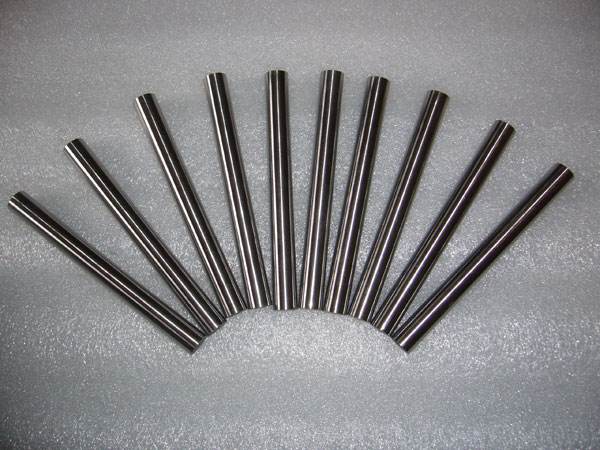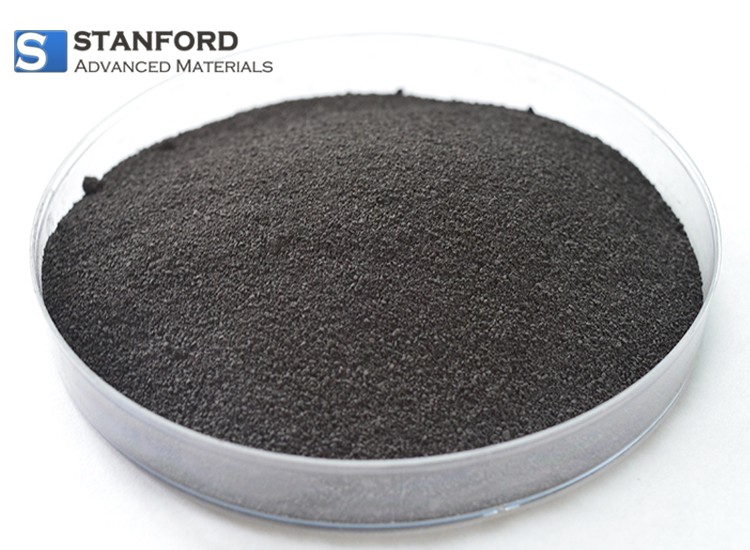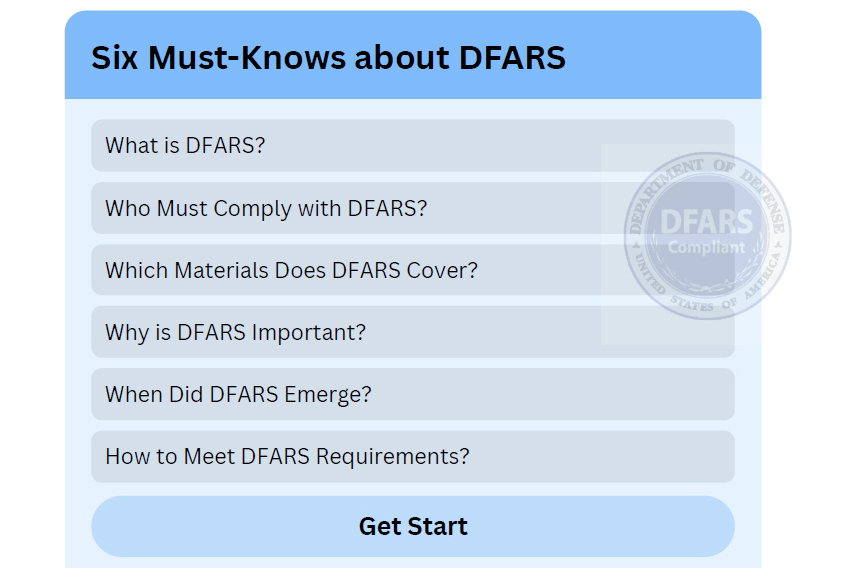The Substances With The Highest Melting Point
In 1930, Agte et al. proposed that tantalum-hafnium-carbon alloys possess the highest melting point (4215 °C). This claim was later confirmed by Andrievskii et al. However, the literature continues to state that tantalum carbide exhibits the highest melting point. Furthermore, the specific melting point values reported for these compounds differ from those in the literature.

Andrievskii et al. believed that the high melting point of the tantalum-hafnium-carbon alloy resulted from changes in chemical composition during the experiment. Hafnium only enhances carbon evaporation. Consequently, the stoichiometry of the remaining components approximates that of tantalum carbide. The high melting point of tantalum carbide arises from the formation of a stable metallic sublattice.
Lavrentyev et al. hypothesised that the high melting point of Ta-Hf-C mixed crystals resulted from the strengthening of chemical bonds between HfC and TaC. Osama et al. also mentioned this explanation in the literature. Research findings suggest that HfC and TaC can form a homogeneous single-phase cubic crystal structure. This formation enhances structural stability.
Differences in melting point values may result from inevitable changes in the composition and structure of compounds during high-temperature melting point measurements. Furthermore, missing measurements may contribute to these differences.
The hafnium alloy contains hafnium, which has the highest melting point of any element. The compound with the highest known melting point is Hafnium: Ta4HfC5, whose melting point is 4215 °C.
Tantalum carbide exhibits the highest melting point (3983 °C) among binary compounds. Hafnium carbide is also among the alloys with one of the highest melting points (3928 °C). Ta-Hf-carbon alloys are the compounds with the highest melting points that are known. The Encyclopedia Britannica once stated this, but later revised it to "one of the compounds with the highest melting points".
Hafnium resists high temperatures and corrosion. It has a large thermal neutron capture cross-section. It is used as a control rod or for reactor shielding in nuclear reactors.
For quick and straightforward results, try our Temperature Unit Converter. Also visit our Toolbox page for additional useful tools.

 Bars
Bars
 Beads & Spheres
Beads & Spheres
 Bolts & Nuts
Bolts & Nuts
 Crucibles
Crucibles
 Discs
Discs
 Fibers & Fabrics
Fibers & Fabrics
 Films
Films
 Flake
Flake
 Foams
Foams
 Foil
Foil
 Granules
Granules
 Honeycombs
Honeycombs
 Ink
Ink
 Laminate
Laminate
 Lumps
Lumps
 Meshes
Meshes
 Metallised Film
Metallised Film
 Plate
Plate
 Powders
Powders
 Rod
Rod
 Sheets
Sheets
 Single Crystals
Single Crystals
 Sputtering Target
Sputtering Target
 Tubes
Tubes
 Washer
Washer
 Wires
Wires
 Converters & Calculators
Converters & Calculators
 Write for Us
Write for Us

 Chin Trento
Chin Trento



